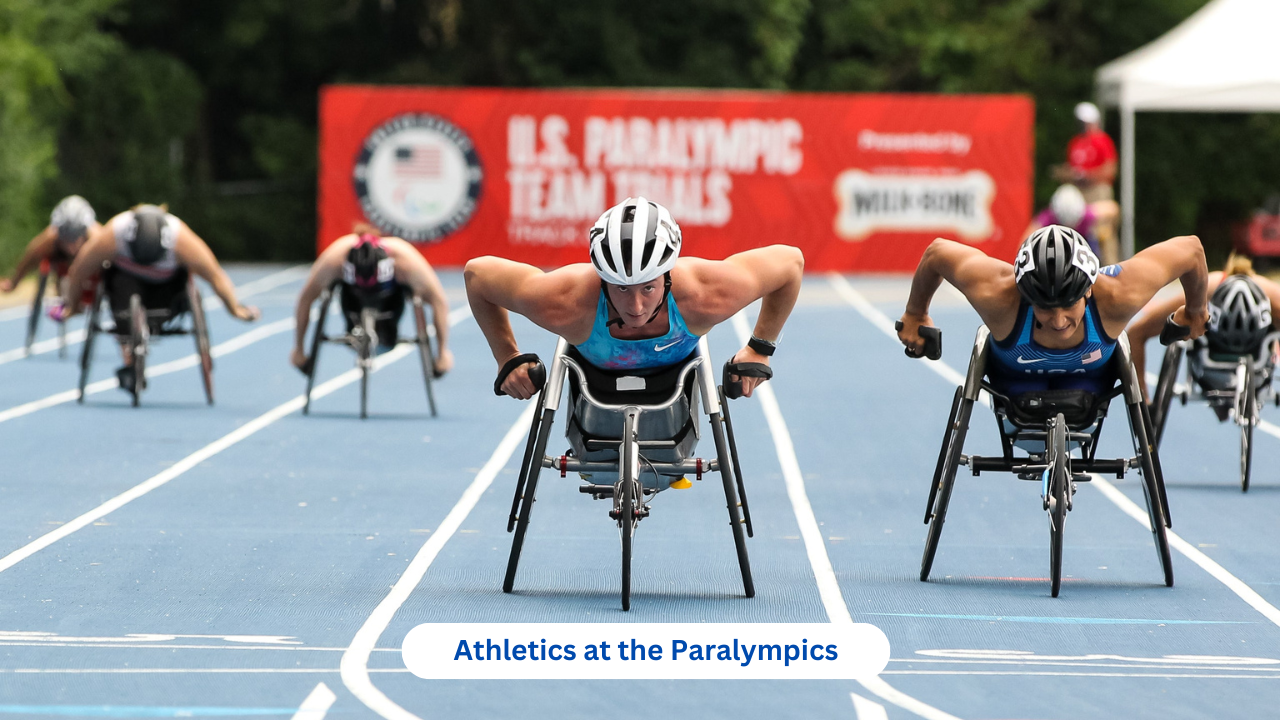Athletics at the Paralympics is a testament to the resilience, dedication, and sheer willpower of athletes who defy the odds to achieve greatness. The Paralympic Games, held every four years alongside the Olympic Games, showcase the talents of athletes with various disabilities, competing at the highest level in a range of athletic events. As the anticipation builds for the Paris 2024 Paralympic Games, the world is set to witness another chapter of extraordinary performances and record-breaking achievements.
The Evolution of Athletics in the Paralympics
The history of athletics in the Paralympics dates back to the inaugural games in Rome in 1960, where 400 athletes from 23 countries participated. Over the decades, the Paralympics have grown exponentially, both in scale and in the level of competition. Today, the event features thousands of athletes from over 150 countries, competing in a diverse array of disciplines including track and field, marathon, and road events.
The evolution of technology, training methods, and accessibility has played a pivotal role in enhancing the performance of Paralympic athletes. Innovations such as carbon fiber running blades, advanced wheelchairs, and specialized training regimens have empowered athletes to push the boundaries of human capability. These advancements have not only led to faster times and longer distances but have also opened up new possibilities for athletes with different types of impairments.
Catherine Debrunner: A Paralympic Record Breaker
One of the standout athletes in recent Paralympic history is Catherine Debrunner, whose remarkable achievements have set new benchmarks in the sport. Debrunner, a Swiss para-athlete, has consistently demonstrated her prowess in both the T53 and T54 classifications, which include athletes with different degrees of spinal cord injuries and amputations affecting their lower limbs.
At the Tokyo 2020 Paralympic Games, Debrunner broke multiple records, solidifying her status as one of the most formidable competitors in Paralympic athletics. Her performances in the 100m, 400m, and 800m events were nothing short of extraordinary, showcasing not only her physical strength but also her strategic acumen and mental toughness.
Debrunner’s success is a reflection of her rigorous training regime, meticulous preparation, and unwavering focus. Her journey is an inspiration to many, proving that with the right mindset and support, athletes with disabilities can achieve greatness on the world stage.
The Impact of Paralympic Athletics on Society
The Paralympic Games have a profound impact on society, challenging perceptions of disability and highlighting the potential of adaptive sports. Through their performances, Paralympic athletes demonstrate that disability is not a limitation but a different way of experiencing the world. This message resonates globally, inspiring millions of people, both with and without disabilities, to pursue their goals with determination and passion.
Moreover, the visibility of Paralympic athletics has led to increased investment in sports programs for people with disabilities, creating more opportunities for participation at the grassroots level. Schools, community centers, and sports organizations are increasingly recognizing the importance of inclusive sports, ensuring that everyone has the chance to experience the benefits of physical activity and competition.
The Road to Paris 2024: What to Expect
As we look ahead to the Paris 2024 Paralympic Games, the excitement is palpable. The upcoming games promise to be one of the most thrilling editions yet, with new records set to be broken and new stars ready to emerge.
In athletics, we can expect fierce competition across all events. The men’s and women’s 100m races are always a highlight, drawing global attention as the fastest para-athletes in the world go head-to-head. The marathon events, which test the endurance and resilience of the athletes, are also set to be a major spectacle.
New classifications and events may be introduced, reflecting the evolving landscape of Paralympic sports. Additionally, technological advancements will continue to play a significant role, with innovations in prosthetics, wheelchairs, and performance analysis helping athletes to maximize their potential.
Challenges and Opportunities Ahead
While the future of Paralympic athletics is bright, there are still challenges to be addressed. One of the key issues is ensuring equal opportunities for athletes across all countries. While some nations have well-funded and well-organized Paralympic programs, others struggle with limited resources and support. Bridging this gap is essential to maintaining the integrity and inclusivity of the Paralympic movement.
Another challenge is the ongoing need for better media coverage and public awareness of Paralympic sports. Although there has been significant progress in recent years, Paralympic events still do not receive the same level of attention as their Olympic counterparts. Increasing visibility is crucial not only for the recognition of the athletes but also for inspiring future generations to get involved in adaptive sports.
Conclusion
Athletics at the Paralympics is more than just a series of competitions; it is a celebration of human spirit, resilience, and the pursuit of excellence. As we approach the Paris 2024 Paralympic Games, we look forward to witnessing yet another display of extraordinary talent and determination. The athletes who compete in these games are true pioneers, pushing the limits of what is possible and inspiring millions around the world.
